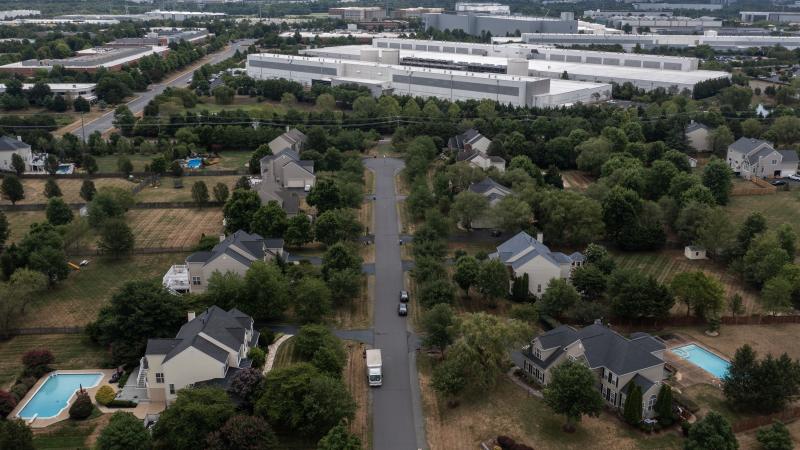Pennsylvania earmarks $11M to plug orphan and abandoned wells
In March, the governor celebrated the 200th orphan well to be plugged. Abandoned wells are ones that haven’t produced for at least 12 months, while orphan wells are those that don’t have a traceable owner.
(The Center Square) — Pennsylvania has spent more in recent years on plugging abandoned gas and oil wells, and the state budget will give the effort another boost.
The budget, passed earlier in July, dedicated another $11 million “to plug as many wells as possible,” as the Shapiro administration noted in a press release.
In March, the governor celebrated the 200th orphan well to be plugged. Abandoned wells are ones that haven’t produced for at least 12 months, while orphan wells are those that don’t have a traceable owner.
Federal money has come into the state for orphaned and abandoned wells, but state funds have picked up, with the Shapiro administration dedicating $28 million to plugging efforts in addition to the new $11 million appropriation.
However, the vast majority of wells that have been plugged didn’t have negative human or environmental effects, even though the administration spoke of plugging efforts aimed at wells “that leak methane and endanger our communities.”
One issue is that some wells can be very difficult to access and political pressure means that easier wells get plugged. Another problem: not all wells are known or monitored, so it’s unclear which wells present a hazard in the first place.
Critics have also noted that bad data and incentives can inflate the costs of plugging. A lack of public oversight, too, means that problems can fester.
Federal rules and requirements have per-well plugging costs above $100,000, according to the Department of Environmental Protection.
The well count, maintained by the DEP, lists more than 20,000 abandoned wells and almost 7,000 orphan wells. Other sources, however, estimate that the total well count could surpass 500,000 or more. The history of oil and gas in Pennsylvania means that wells are scattered across rural areas in the western and northern parts of the commonwealth, with records of where they were lost to the ravages of time.














